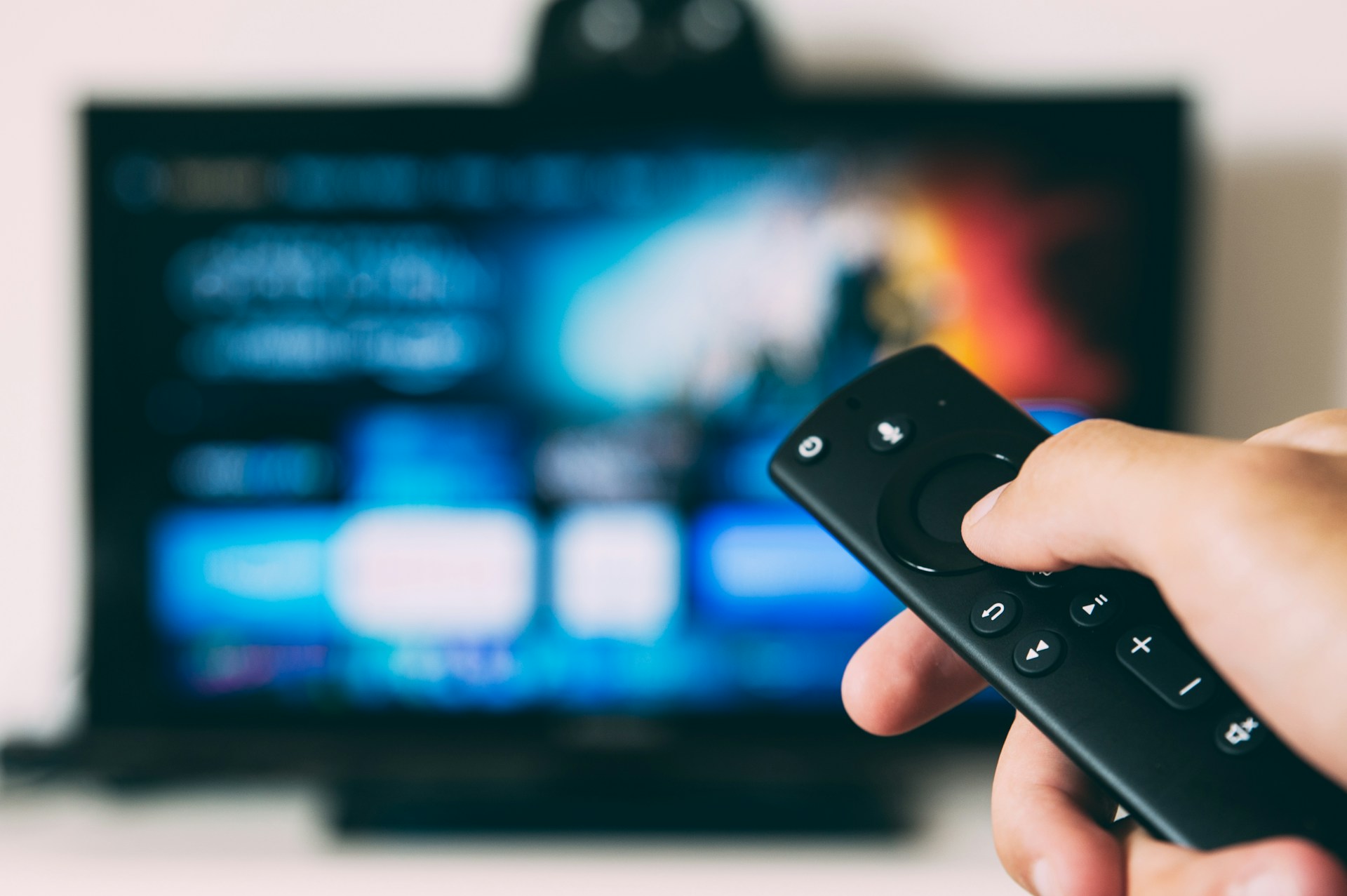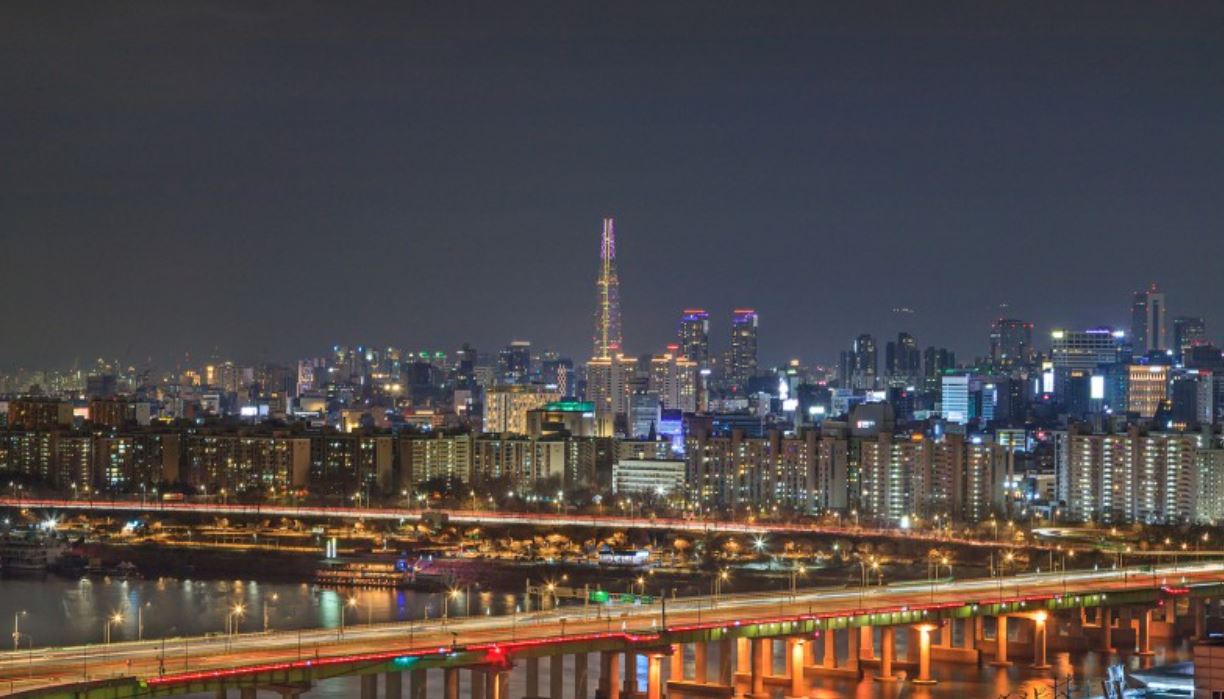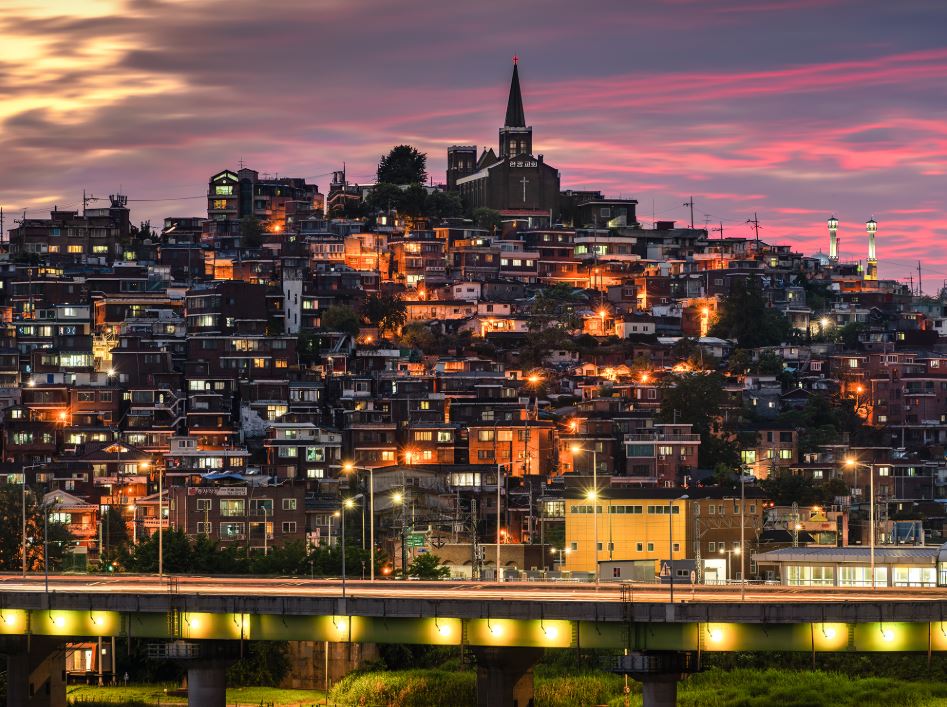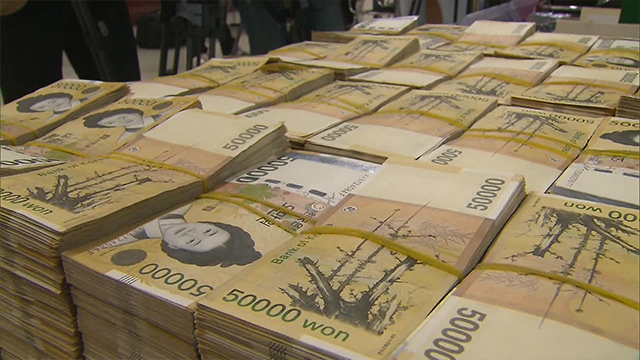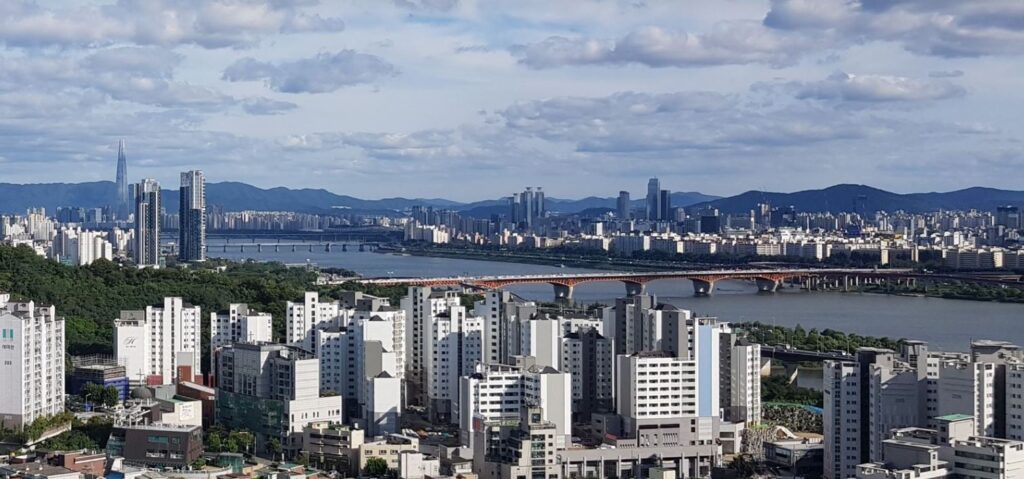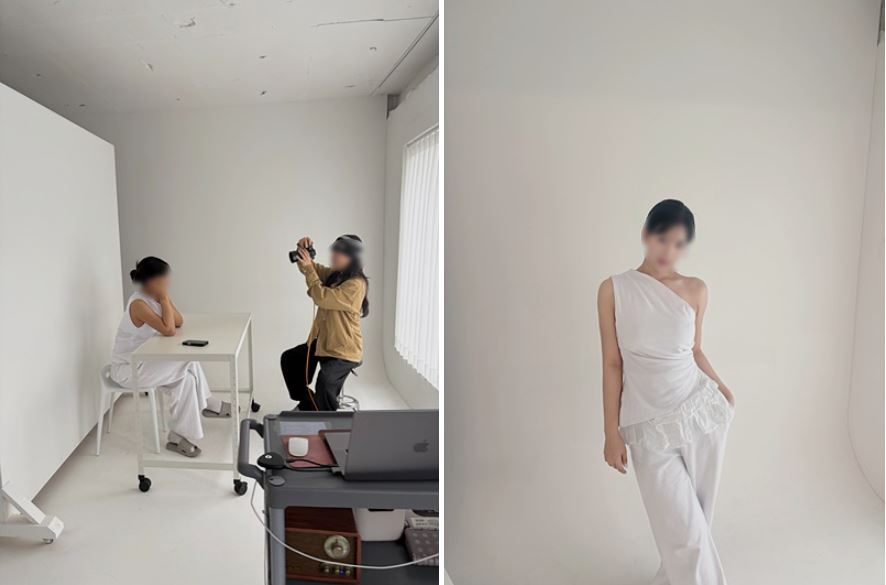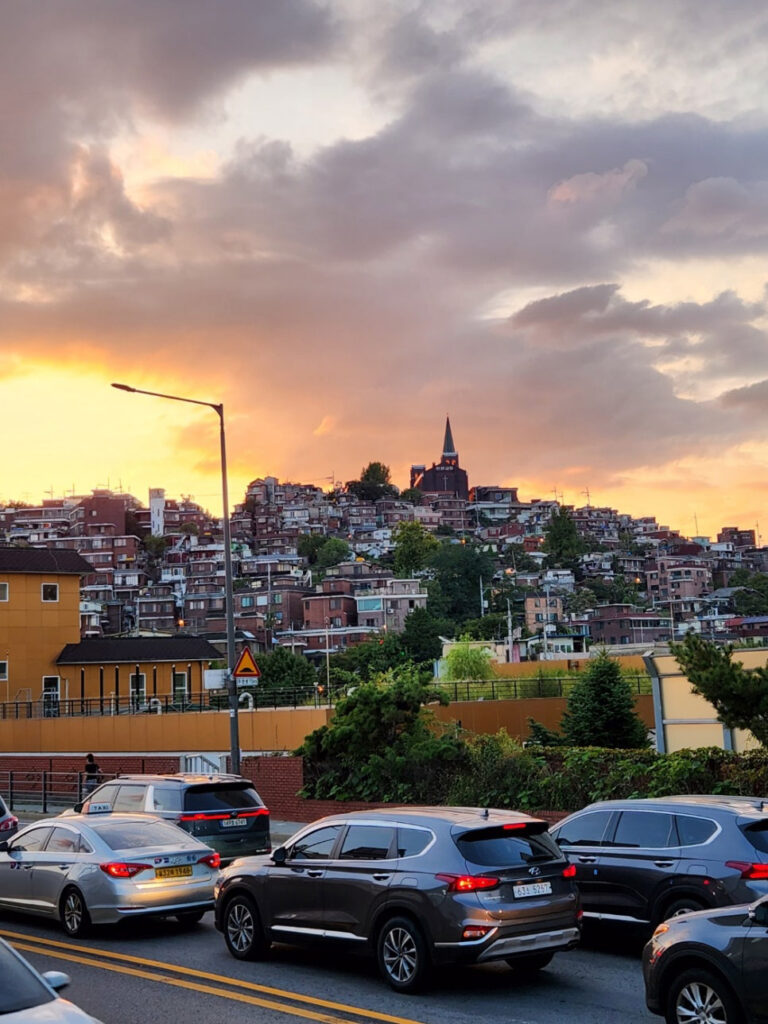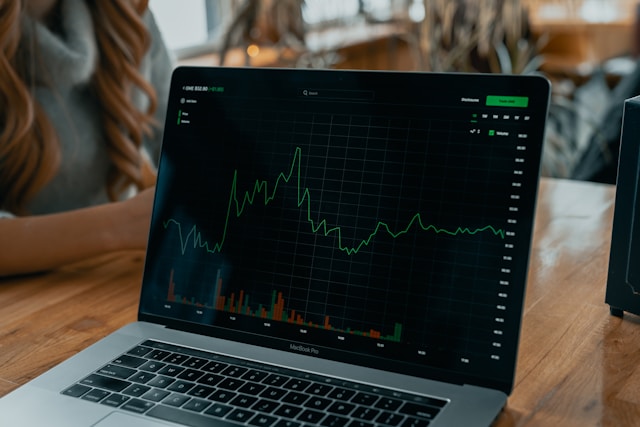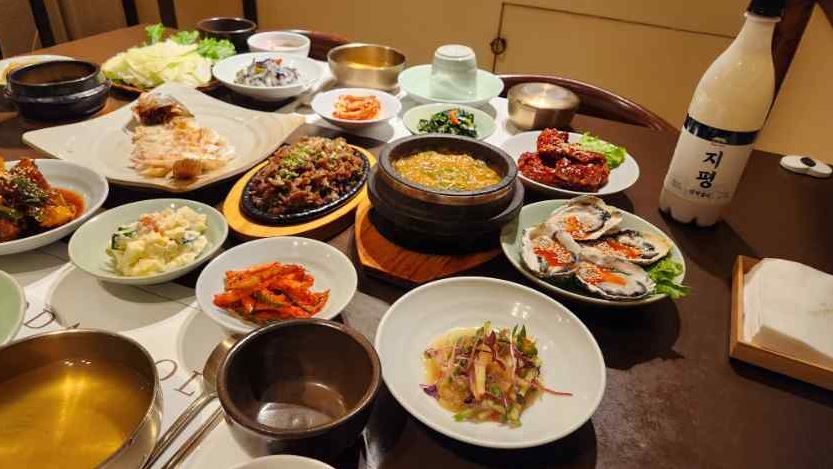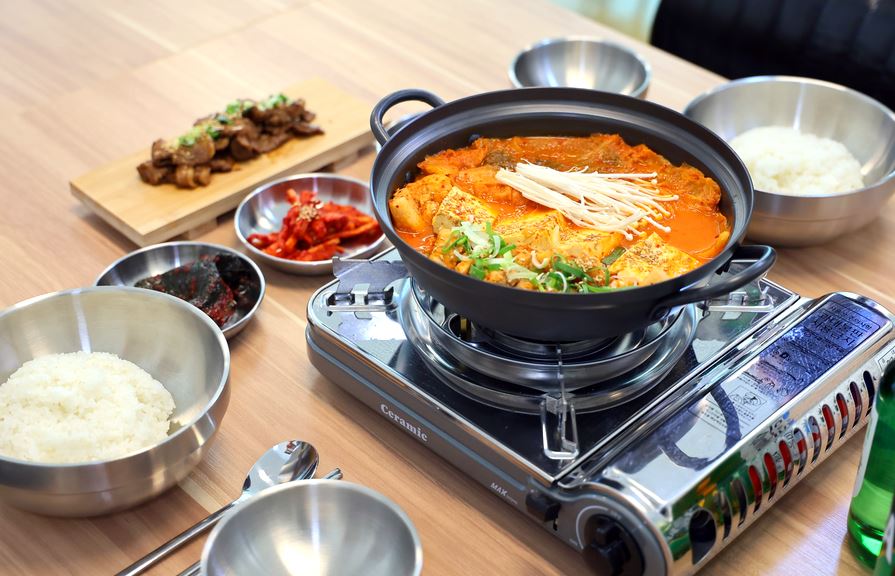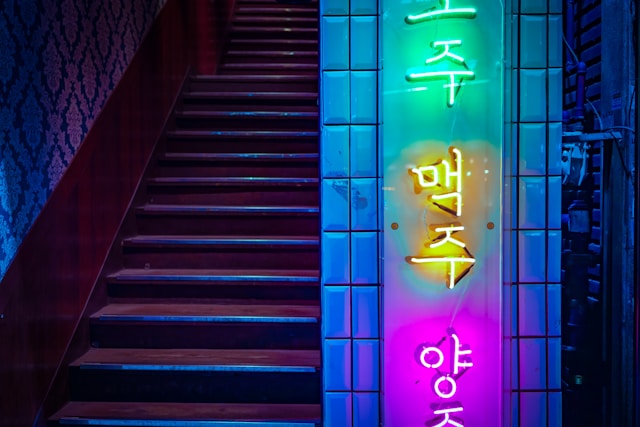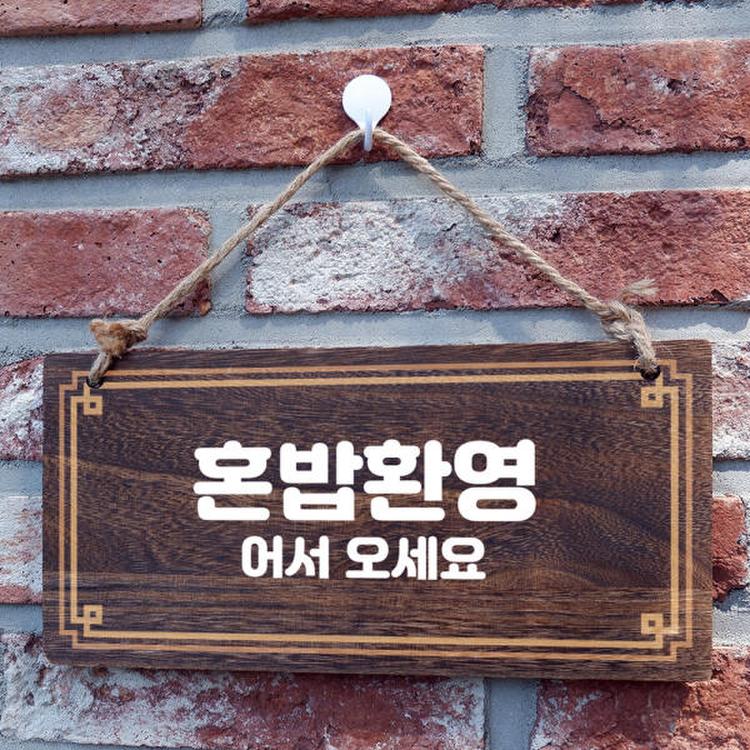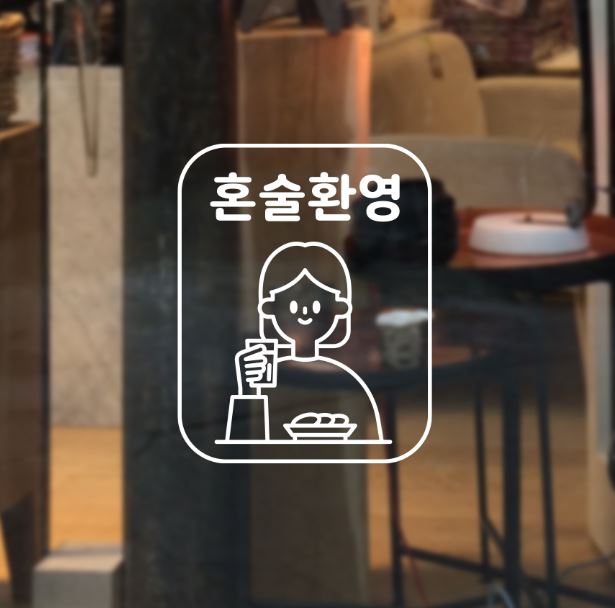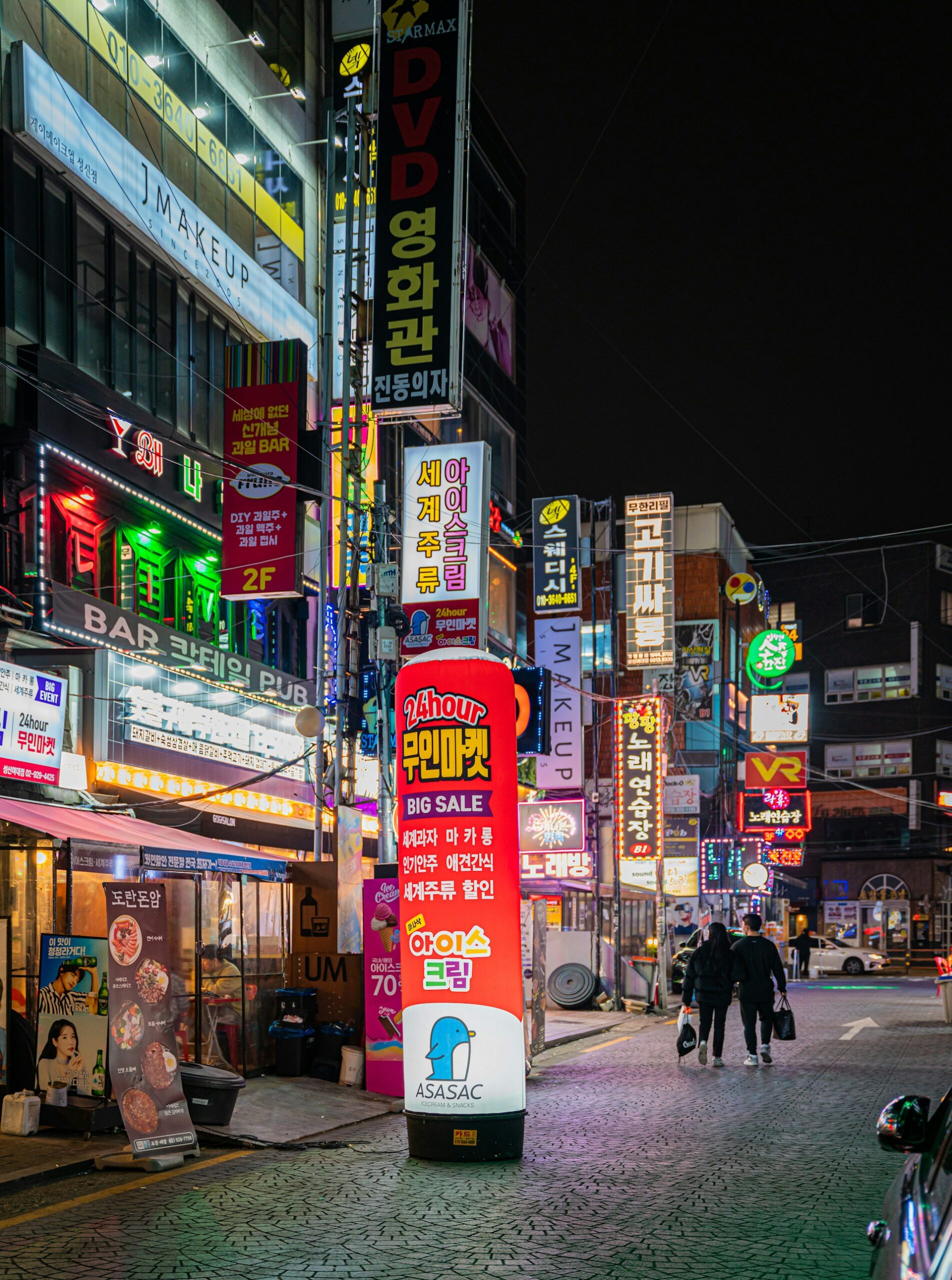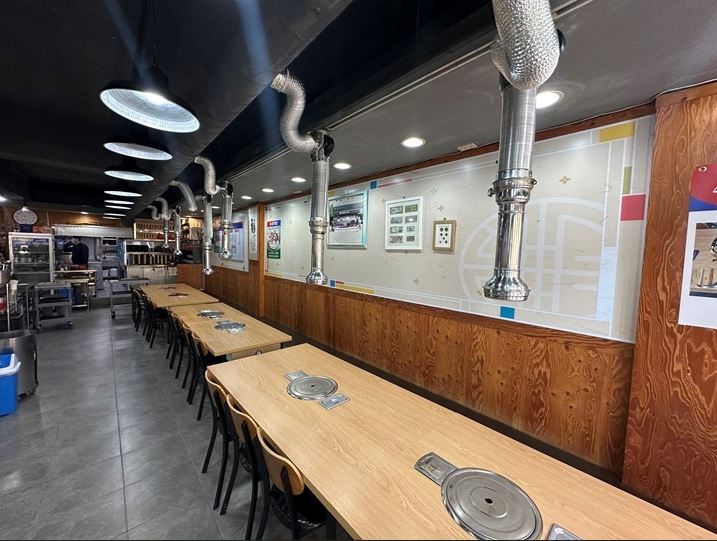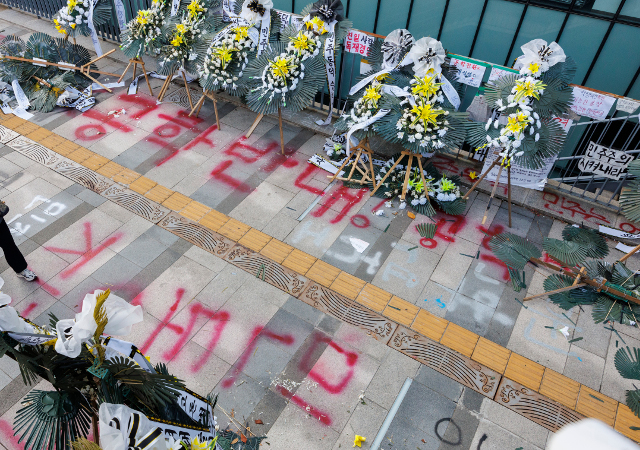In the world of South Korean entertainment, actors and celebrities are often seen as symbols of fame, wealth, and success. But behind the glamorous facade, there lies a reality that many people fail to recognize — a reality where vast amounts of money are accumulated through avenues that most of the public can only dream of.
Take, for example, the recent case of actor “A,” whose real estate investments have garnered him an impressive 35 billion KRW profit. Ten years ago, he bought a plot of land in Seongsu-dong for just 8 billion KRW. Through the strategic development of the property, including a self-service car wash and his agency’s office, he watched its value soar. Now, after demolishing the old structure, a new two-story building is being constructed on the site, with its projected value climbing to around 43 billion KRW.
This extraordinary profit — an amount that could easily transform the life of an average citizen — is something that a celebrity can achieve in just a decade. And it’s not just a one-time event. “A” has also invested in properties in other prime areas, such as Cheongdam-dong and Deungchon-dong, further expanding his portfolio.
The Stark Contrast Between Celebrity Wealth and Public Reality
As this story unfolds, it raises a harsh question for the general public: How can the average person ever hope to achieve such wealth? For those not born into privilege or fame, the prospect of ever touching such sums is almost inconceivable. The hard reality is that these massive profits from real estate investments — which are beyond the reach of most — create an enormous gap between the rich and the poor.

In South Korea, the wealth disparity between celebrities and ordinary citizens is glaringly obvious. While the wealthy accumulate unimaginable fortunes from high-end real estate deals, the vast majority of people are left struggling with the rising cost of living, stagnant wages, and job insecurity. It is a society where, despite working hard and following the rules, the odds of achieving financial freedom feel almost impossible.
The Emotional Toll: Frustration and Hopelessness
For ordinary citizens, watching such stories unfold can lead to feelings of frustration and even hopelessness. Many people dedicate their lives to working hard, paying taxes, and supporting the economy, but it feels as though the odds are stacked against them. The reality is that they will never see the kind of wealth or opportunity that is so easily accessible to a select few.
This is the painful truth of South Korean society. It is a place where the rich continue to grow richer through advantageous investments and opportunities, while the majority of the population remains stuck, struggling to make ends meet. For those who have no access to such high-stakes opportunities, the dream of prosperity seems more distant with each passing year.
A Divided Society: Where Dreams Are Out of Reach
The story of actor “A” is just one example of how South Korea’s entertainment industry has become a gateway to unimaginable wealth. But for most people, the idea of ever having that kind of financial success is a pipe dream. The reality is a stark divide: the ultra-wealthy continue to benefit from systems that favor their financial growth, while ordinary citizens are left feeling disconnected from the world of luxury and financial freedom.
This growing inequality is the elephant in the room that many are unwilling to acknowledge. It is a social issue that perpetuates a cycle of hopelessness, where the gap between the haves and the have-nots grows ever wider.
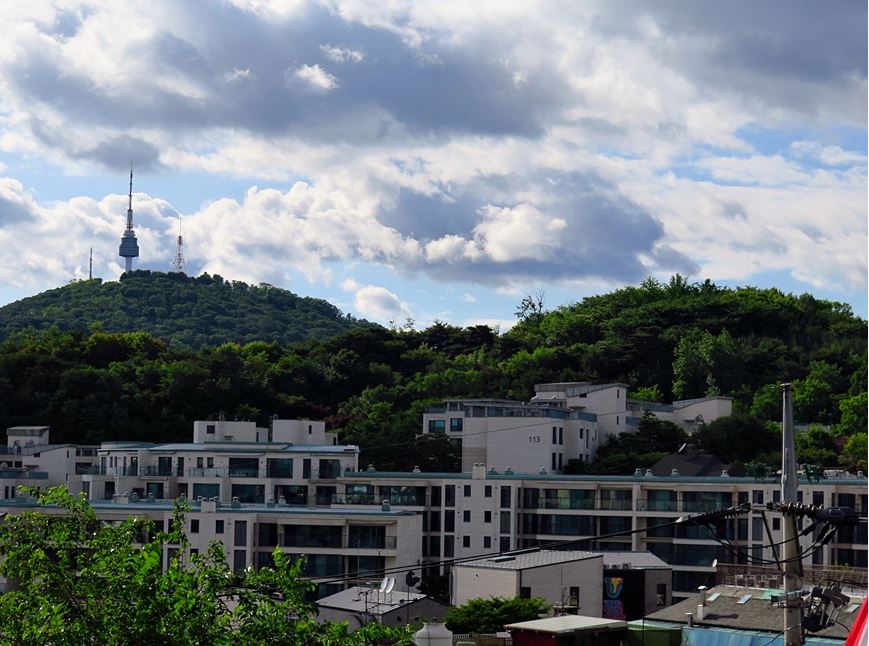
The Role of Fans and the Rise of Celebrities to Upper Society
This peculiar phenomenon — where celebrities like “A” can easily climb into the upper echelons of society — is largely a result of the blind devotion from fans and viewers. In South Korea, the status of celebrities is incredibly elevated compared to other countries. The entertainment industry holds an enormous amount of influence, shaping public perception and driving consumer behavior. As a result, celebrities are often seen as more than just entertainers — they are idolized figures, with their wealth and success magnified by the public’s adoration.
However, this intense focus on celebrities has led to a disturbing reality: the admiration for public figures has made it easier for them to accumulate immense wealth, while ordinary citizens struggle with basic financial stability. The influence and status that celebrities enjoy in South Korea often come at the expense of the broader population’s ability to achieve similar success. This fuels frustration and a sense of injustice, as many ordinary people feel excluded from the opportunities that celebrities easily access.
The Need for Change
The story of actor “A” and his remarkable real estate success serves as a painful reminder of the disparities that exist in South Korean society. While celebrities and the wealthy thrive, many people are left behind, unable to access the opportunities that would allow them to prosper.
South Korea’s economic system needs to evolve in a way that addresses these inequalities and provides opportunities for all, not just the privileged few. Until that change happens, the feeling of disillusionment will continue to spread, and the dream of financial freedom will remain out of reach for too many.
